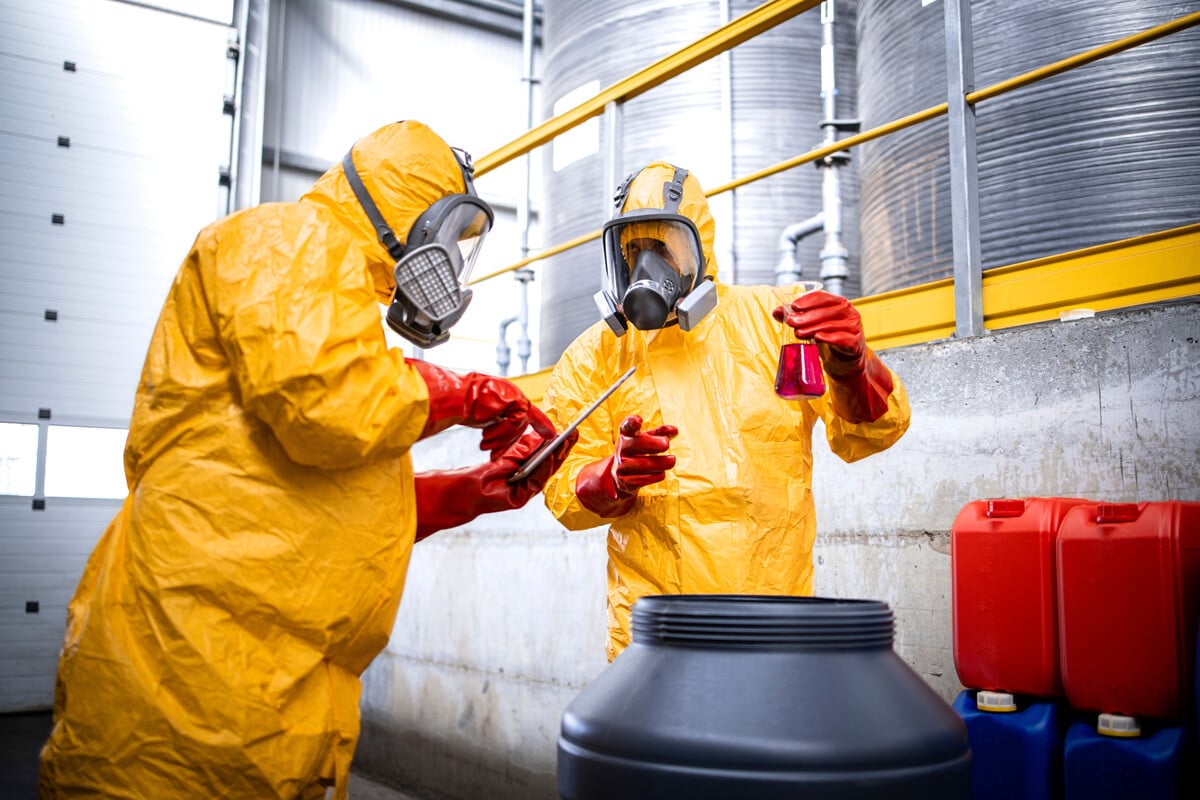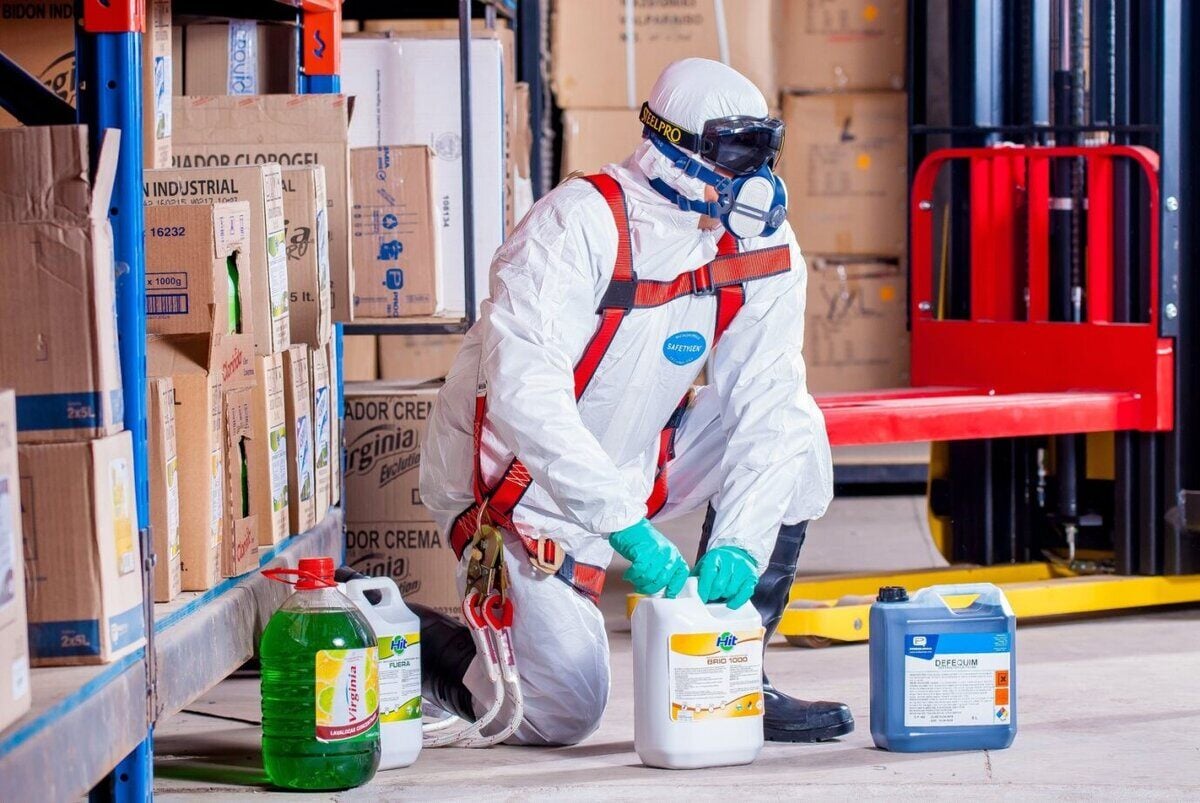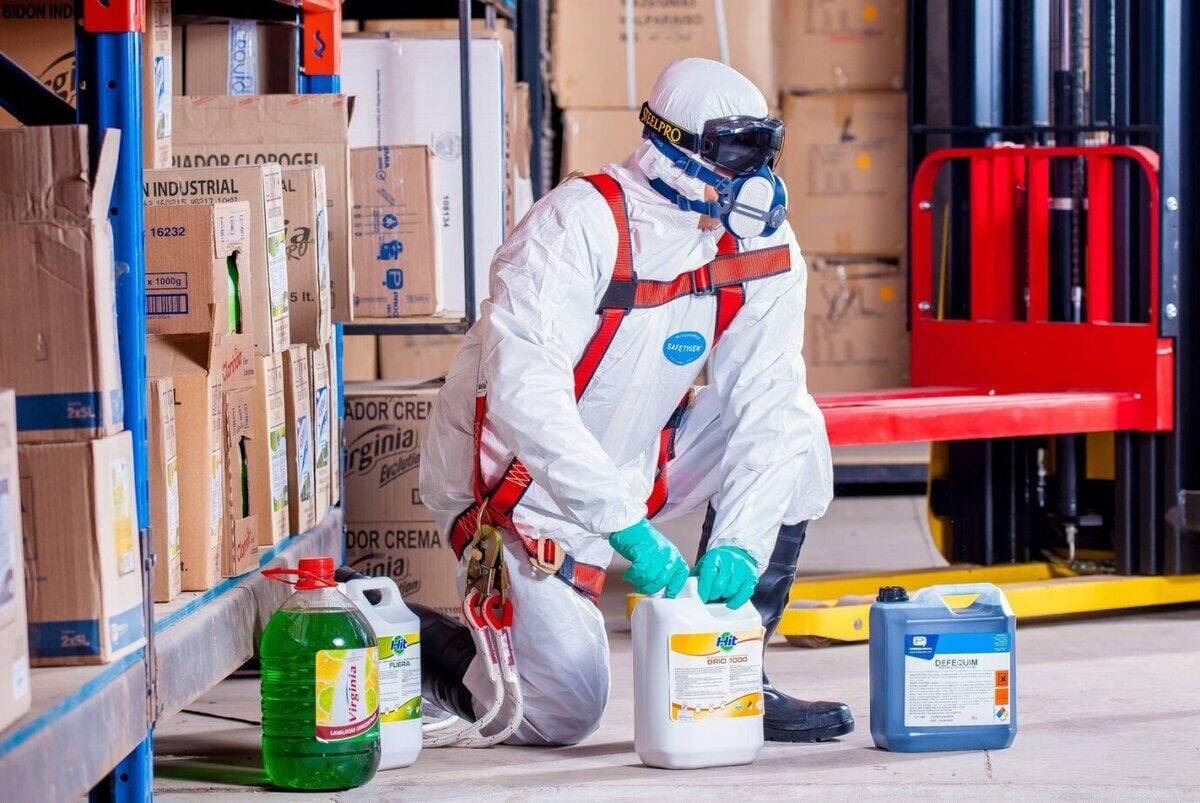The effects of exposure to chemicals

Here are some terms that explain the health effects of exposure to chemicals.
Term
Acute toxicity
An adverse health effect following a single exposure to a chemical (e.g. skin contact with insecticides, accidental ingestion of a chemical).
Carcinogen
A chemical that causes or can potentially cause cancer (e.g. breathing in asbestos fibres, skin contact with used motor oils).
Chronic toxicity
An adverse health effect following repeated exposure to a chemical, which can occur following a relatively short exposure (e.g. weeks) or longer term exposure (e.g. years).
CMR
A chemical that is Carcinogenic, Mutagenic or Toxic to Reproduction.
Corrosive
A chemical that causes irreversible damage to skin, eyes or airways (e.g. strong acids and strong bases such as concentrated hydrochloric acid or concentrated hydroxides).
Irritant A
Chemical that causes reversible damage to skin, eyes or airways (e.g. detergents or soaps).
Mutagen
A chemical that can cause permanent damage to genetic material in cells, which can possibly lead to heritable genetic damage or cancer (e.g. UV rays from the sun, benzene).
Reproductive toxin
A chemical that can affect adult male or female reproductive systems, their ability to reproduce and/or that can lead to birth defects (e.g. lead or carbon monoxide).
Respiratory sensitiser
A chemical that can cause an allergic reaction in the airways following inhalation of the chemical (e.g. glutaraldehyde or isocyanate).
Skin sensitiser
A chemical that can cause an allergic reaction of the skin following skin contact (e.g. wood dust or adhesives)











